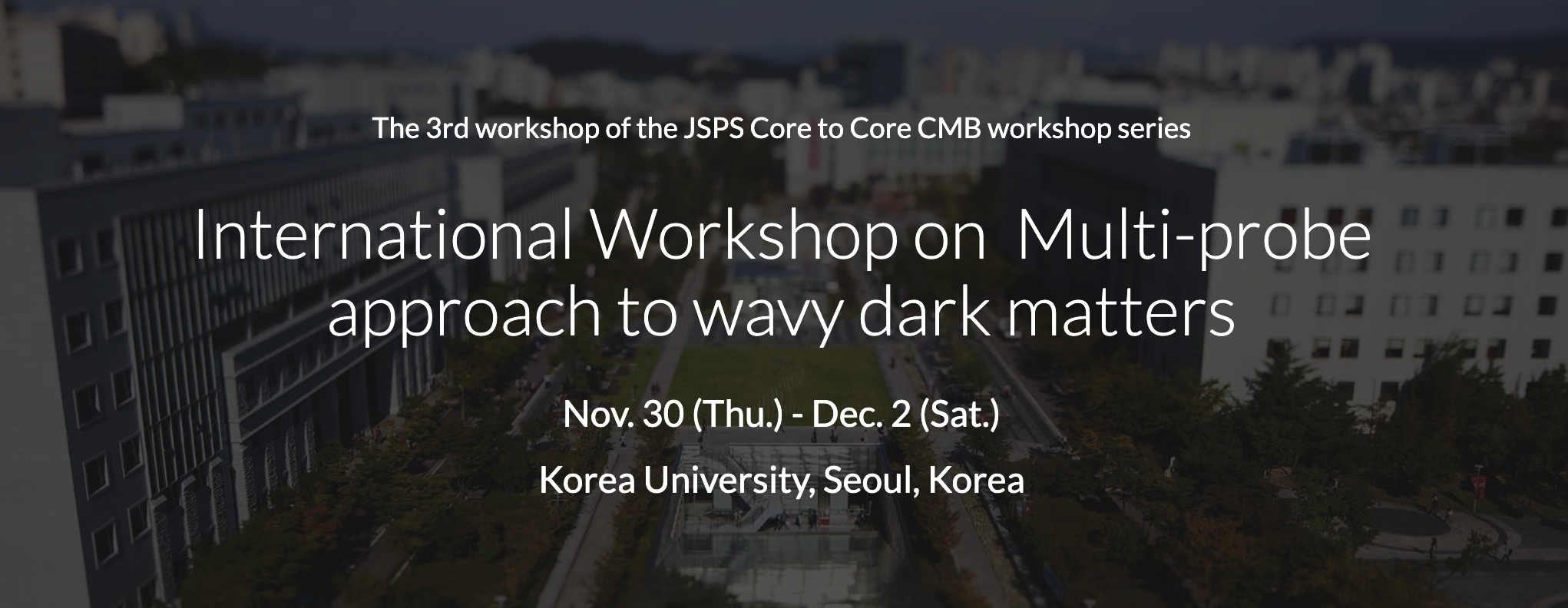Speaker
Description
Haloscope axion search experiments are required to cover wide frequency range starting from hundreds of megahertz up to hundreds of gigahertz with sensitivity approaching two main models, Kim-Shifman-Vainshtein-Zakharov (KSVZ) and Dine-Fischler-Srednicki-Zhitnitskii (DFSZ). One of the major goal in axion search experiments is to reduce the noise contribution of the readout chain. The readout systems based on Josephson parametric amplifiers (developed and produced by the University of Tokyo, and RIKEN Center for Quantum Computing) have noise close to the standard quantum noise limit (SQL). These readout configurations are used at various frequency ranges in the Center for Axion and Precision Physics Research (CAPP). Single photon counter technique is a promising approach to have noise below the SQL and are potentially critical for future axion haloscope experiments. However, in the current stage, microwave photon detectors have higher noise than the SQL. The variance method offers a viable alternative, approaching the effective noise of the near SQL at a broad frequency range. We investigate the possibility to enhance the sensitivity through the use of the latest types of microwave photon counters based on bias Josephson junctions (in collaboration with the INFN) and zeptojoule nanobolometers (Aalto University) in a combination with the signal variance method. In this talk, we show the possibility of using both readouts in axion haloscope search experiments, discuss about perspectives using the variance method approach.

